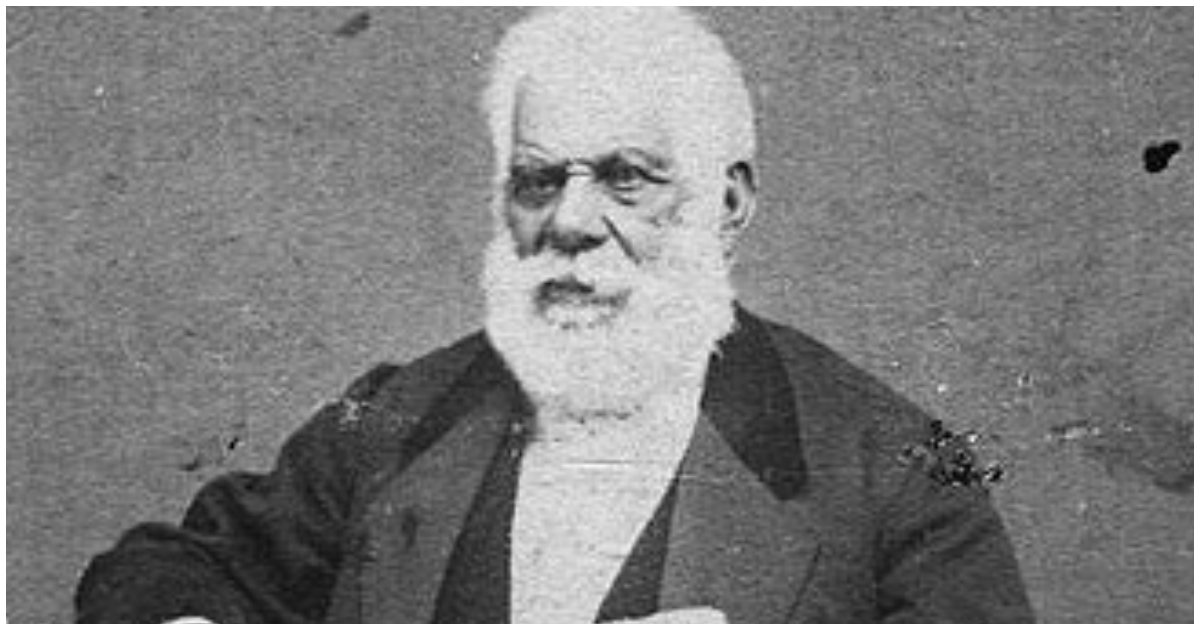Pío de Jesús Pico, often referred to as California’s “African Jesus,” holds a significant place in California’s history. Born in 1801, Pico was not only the last Mexican governor of California but also the first governor of African descent. His journey from a diverse background to becoming a wealthy landowner and political leader showcases the complexities of California’s early social dynamics. Despite his remarkable achievements, Pico ultimately faced a tragic downfall, losing much of what he had built throughout his life.
Early Life and Racial Heritage
Pío Pico was born on May 5, 1801, near Los Angeles, in the San Gabriel Mission. His family had a rich heritage that included African, Native American, and European ancestry. His father, José María Pico, and his mother, María Eustaquia Gutiérrez, were part of the Californios, a group of settlers of mixed heritage. This diverse background allowed Pico to navigate the social and political landscape of his time with relative ease.
During Pico’s lifetime, California was under Spanish and then Mexican rule. Although social hierarchies existed, they were not as strict as later under American governance. People of mixed race could rise to positions of power, and Pico successfully leveraged his family connections and land to achieve prominence. His ability to maneuver within these structures positioned him for a successful political career.
Political Ascendancy in Mexican California
As California transitioned to Mexican control after 1821, Pico’s political influence began to grow. He served in various local government roles and quickly became a leading figure among the Californios. Pico believed strongly in California’s autonomy from Mexico City and advocated for policies that favored landowners like himself. His commitment to Californio interests made him a respected leader in the community.
In 1845, Pico was appointed as the last Mexican governor of Alta California. His term was fraught with challenges, including economic struggles and rising tensions with American settlers encroaching on Mexican territory. To address California’s financial troubles, he controversially attempted to sell mission lands, angering many locals and sowing seeds of discontent with the Mexican government.
The Mexican-American War and American Annexation
Pico’s governorship ended with the onset of the Mexican-American War in 1846. As tensions escalated, he sought to rally support to defend California against American forces. However, his efforts were in vain, and he fled to Mexico, hoping to find assistance. Upon his return, he discovered that California had fallen to American control, marking a profound shift in the region’s political landscape.
The Treaty of Guadalupe Hidalgo in 1848 formally ceded California to the United States. This transition brought about significant changes for many Californios, including Pico, as new laws and property rights began to threaten their landholdings. The once-fluid social structure of California was replaced by a more rigid racial hierarchy that marginalized non-white individuals.
The Rise and Fall of a Landowner
At the height of his power, Pío Pico was one of the largest landowners in Southern California, with vast properties including Rancho Paso de Bartolo and Rancho Santa Margarita y Las Flores. His wealth and influence allowed him to thrive in the rapidly changing political environment. However, the shift to American rule posed significant legal challenges for him and other Californios.
The U.S. legal system was vastly different from that of Mexico, leading to complicated property disputes for many landowners. Pico fought hard to keep his land, but legal battles, debts, and bad business decisions led to his downfall. By the end of his life, Pico had lost most of his holdings and faced financial hardship, living in a modest home in Los Angeles.
The First Black Governor and Racial Significance
Pico’s legacy as the first African-American governor of California is a crucial aspect of his story. His mixed heritage allowed him to navigate a society that was initially less rigid in its racial divisions. However, as California transitioned to American governance, these divisions became more pronounced, and Pico faced increasing challenges due to his race.
His rise to political power under Mexican rule highlights a more fluid understanding of race and status at that time. Conversely, his struggles after the annexation illustrate the barriers that would increasingly hinder individuals of African descent and other non-white groups. Pico’s life serves as a reminder of the complexity of California’s racial history and the contributions of diverse communities to the state’s development.
Legacy and Historical Importance
Despite his tragic decline, Pío Pico’s impact on California’s history remains significant. He was a pivotal figure during a transformative period, serving as governor and advocating for Californio interests. His efforts to protect landowners during American expansionism resonate with the struggles of many Californios during this time.
Pico’s legacy is also reflected in various landmarks that bear his name, such as Pico Boulevard in Los Angeles. These memorials serve as reminders of his influence and the important role that individuals of African and indigenous descent played in California’s history. Pío Pico’s story illustrates the intricate relationship between race, power, and land ownership in the American West, highlighting the diverse heritage that shapes California today.


